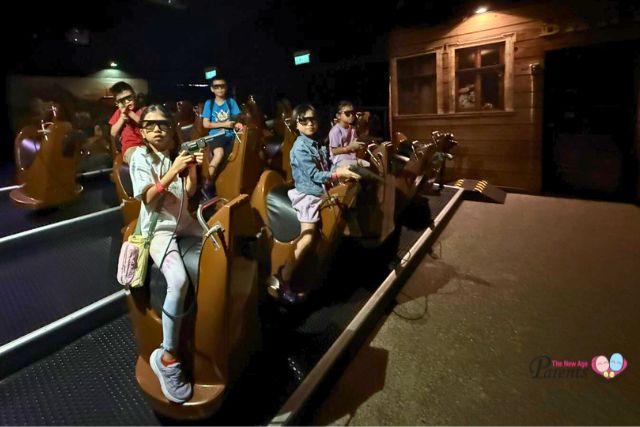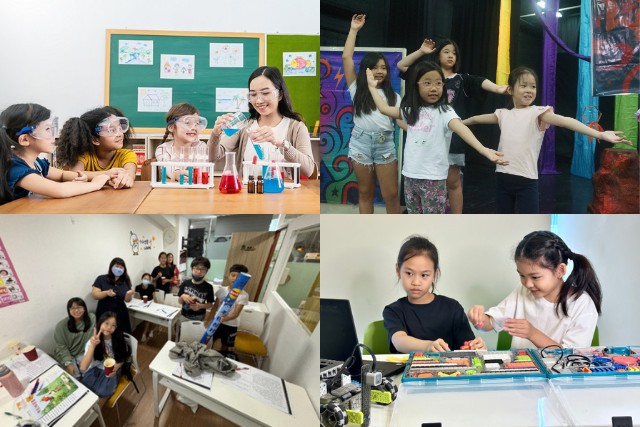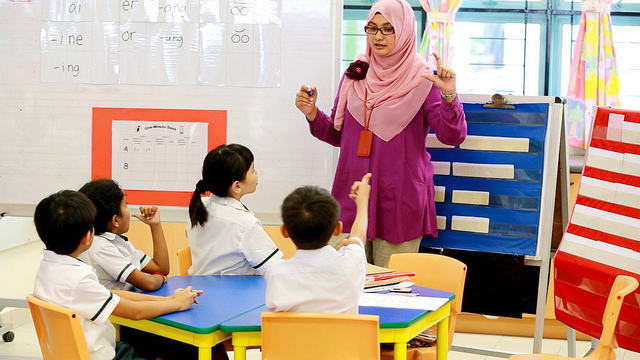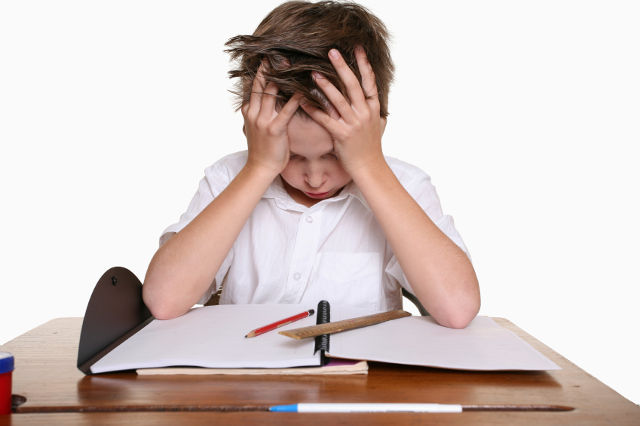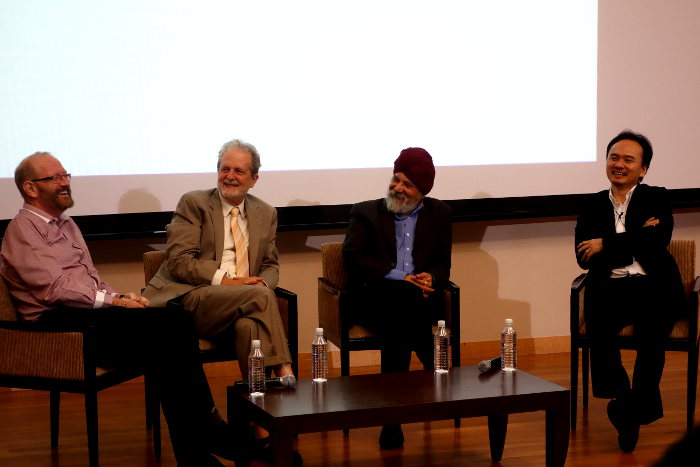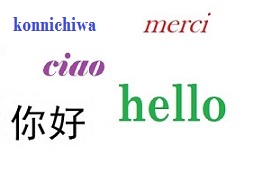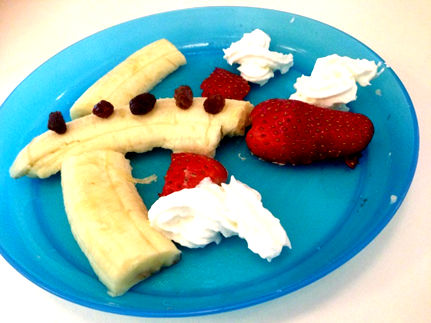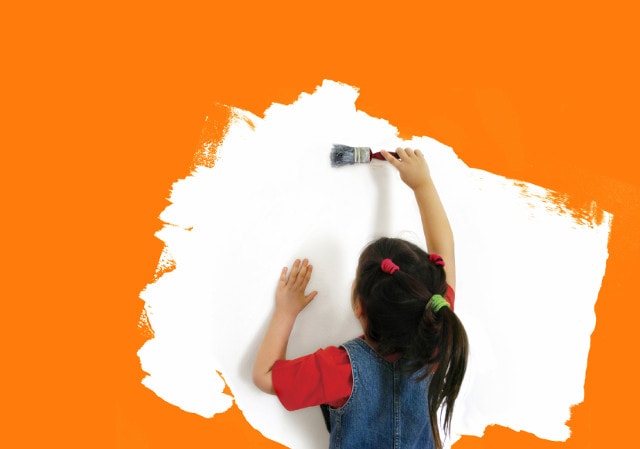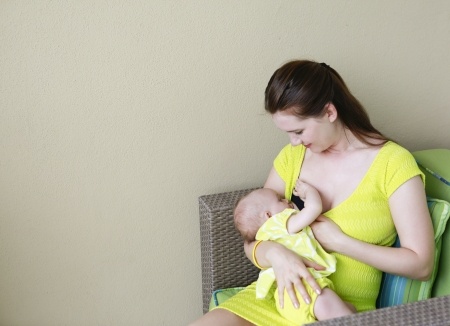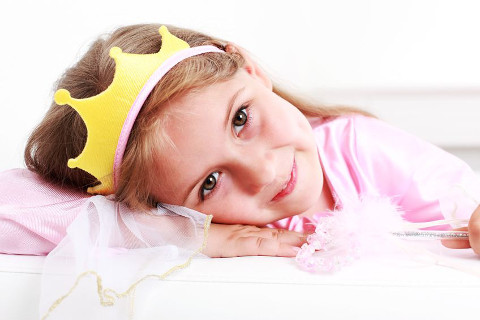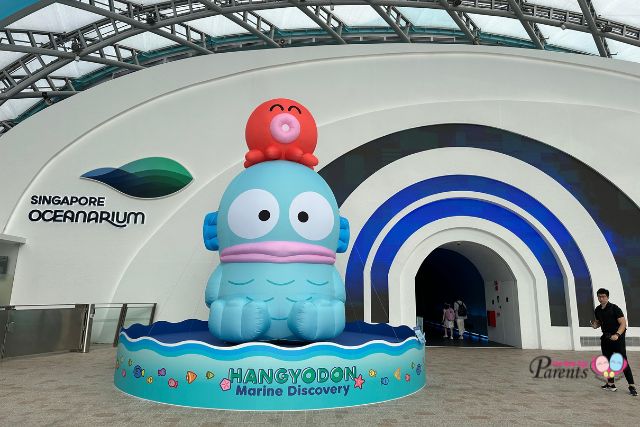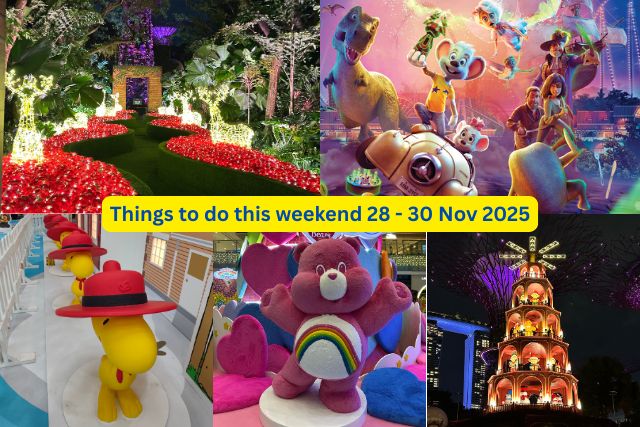Over the past 8 years that I’ve taught dozens of children diagnosed with dyslexia and I’ve learnt so much from them. The following are just some of the lessons I’ve learnt over the years of interaction with my students.
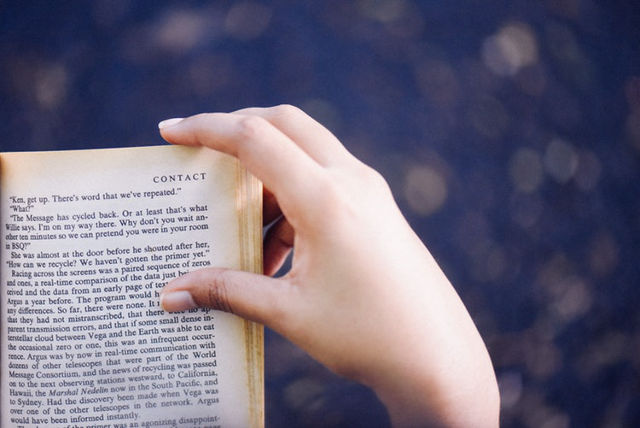
1. They come in all shapes and sizes
In a class of 40 students, about 4 would most likely have some form of dyslexia. According to the International Dyslexia Association, “dyslexia is a neurological condition caused by a different wiring of the brain” that causes difficulties in reading and writing.
These students I’ve seen come from every race, religion, gender, and socioeconomic class.
Some children with dyslexia hate reading, and surprisingly some actually love reading. Some are proficient in Mathematics, some aren’t. Some are fluent and articulate, and others are quiet and shy.
As you can see, there is no one stereotypical image of a dyslexic child.

2. It’s not that they aren’t trying, they just can’t
Children with dyslexia are often mistaken to be lazy or detached. This is usually quite far from the truth. In fact, due to this learning disability, they usually try twice as hard in school and even at home.
When they can’t solve a Mathematics word problem even after much explanation, it is not because they don’t want to, but that they can’t. Traditional methods of learning and instruction often cause confusion and stress in them.
An educator trained to help kids with special needs would then use different methods to help them understand in a way that suits their learning style, and this is what we will turn to next.
3. They are usually visual or kinaesthetic learners
Instead of boring worksheets or assessment books that can be too abstract, dyslexic students thrive when their learning material is filled with images, diagrams or flow-charts. Also, these students learn better from YouTube videos where the concepts come to life whether through animation or a documentary.
For preschoolers or those in Primary 1, learning the alphabet through the use of clay or play-doh usually helps tremendously. As they mould the dough into the appropriate letters using their hands, they are cementing the learning in their brains and this will help them retain the information more easily.
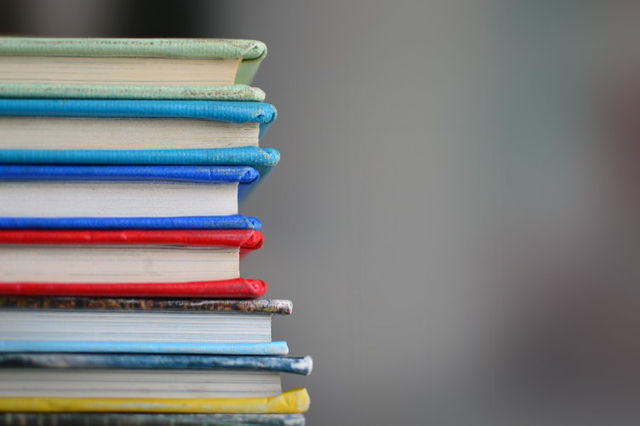
4. They are capable of brilliance
I’ve taught many with dyslexia who have topped their class and done really well for English in their N Levels and O Levels. Isn’t it surprising?
Having dyslexia does not mean a lifetime of academic failure if one has access to proper intervention. With subsidised services and bursaries available at the Dyslexia Association of Singapore, even the poorest students can have a chance to have access to educational therapy and learn to read and write at their grade level.
I have met many hardworking dyslexic students who want to be the best that they can be and they have achieved their academic goals and have continued to pursue their dreams in whatever field they choose.
Rachel Tan is the founder of The Alternative Education which seeks to help dyslexic kids achieve their full potential.
Stay in touch! Subscribe to our Telegram here for our latest updates.
Like what you read and want more? Receive our latest articles and giveaways when you sign up on our mailing list here.




















